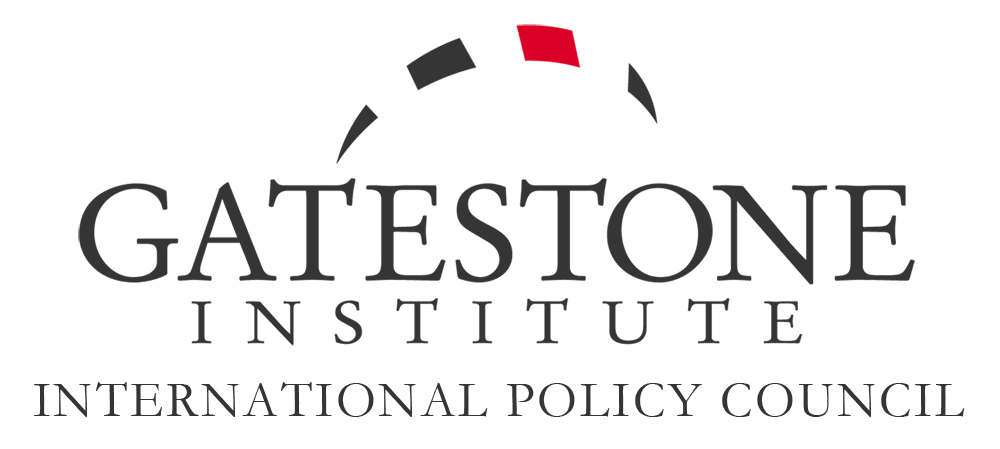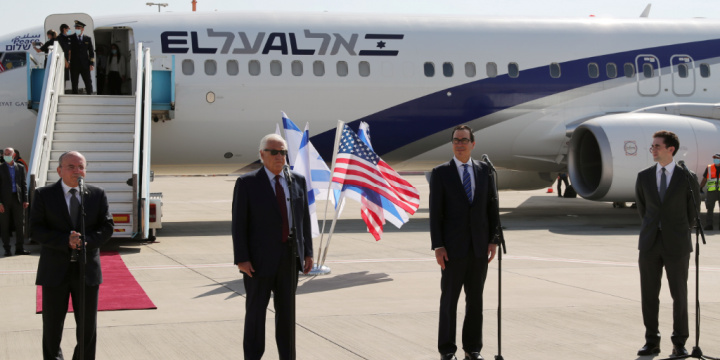 SYMCHA TRACHTER — Z RYSUNKU BARDZO DOBRY
SYMCHA TRACHTER — Z RYSUNKU BARDZO DOBRY
JAKUB BENDKOWSKI
Rysunkowe studium portretowe kobiety „Aniela” jest cennym, bo chyba najwcześniejszym z zachowanych rysunków Symchy Trachtera. Dzięki notatce sporządzonej ręką Wiktora Ziółkowskiego na odwrocie dzieła wiemy, że rysunek miał bardzo spodobać się Jackowi Malczewskiemu. Praca znajduje się z zbiorach Żydowskiego Instytutu Historycznego.
 Symcha Trachter, „Aniela” / Zbiory ŻIH/nr inw. A-729
Symcha Trachter, „Aniela” / Zbiory ŻIH/nr inw. A-729
Symcha Trachter (1894–1942), urodzony w Lublinie, pochodził z zamożnej rodziny żydowskiej, do której należała „Hurtownia wyrobów żyrardowskich, manufaktur i półwełnianych fabr. R. Kindlera”. Nie wiemy, do których szkół w Lublinie uczęszczał, zanim wyruszył do Warszawy w 1911 r. Pragnienie, by zostać malarzem, obudziło się w nim bardzo wcześnie. Nie wiemy, co je wywołało, czy raczej ujawniło. Rodzina nie utrudniała mu spełnienia tego zamiaru. Wręcz przeciwnie. Zarówno rodzice, jak i liczne rodzeństwo, pomagali mu, jak tylko mogli. Zwłaszcza finansowo, i to jeszcze wtedy, gdy przebywał w Paryżu na studiach malarskich w latach 1925-1929 (?). Takie postępowanie nie było regułą. Inaczej potoczyły się na przykład losy jego rówieśnika, Samuela Finkelsteina, któremu ojciec długo i skutecznie uniemożliwiał porzucenie zajęcia kupca i podjęcie studiów malarskich.
Zanim Trachter wyruszył do centrum artystycznego świata, uczył się malarstwa w Warszawie, w tamtejszej Szkole Sztuk Pięknych, której dyrektorem był wówczas Stanisław Lentz (od 1909 do 1920). Trachter został przyjęty do szkoły w roku szkolnym 1911/12 r. Był bardzo młody, miał dopiero 17 lat. Nauki pobierał tam do roku 1916.
Szkoła Sztuk Pięknych przechodziła wówczas wiele zmian. Po ustąpieniu poprzedniego dyrektora znajdowała się w kryzysie. Lentz rozpoczął konieczne reformy. Trachter miał okazję uczyć się już według częściowo zmienionego programu. Nowy dyrektor dążył do podniesienia jej poziomu przez zatrudnienie nowych profesorów (m.in. I. Pieńkowskiego i K. Dunikowskiego), wprowadzenie uznawanych dotąd w procesie kształcenia za nieistotne przedmiotów teoretycznych takich jak historia sztuki, chemia malarska, anatomia. Nie wszystkich zmian zdołano dokonać. Trudności finansowe i wybuch Wielkiej Wojny częściowo pokrzyżowały reformatorskie plany.
Lentz był znakomitym rysownikiem. Rysunek uznawał tradycyjnie za podstawę malarstwa i jego dobrego opanowania wymagał od uczniów swojej szkoły. W doborze tematów, jak i w rozwiązaniach formalnych, inspirował się siedemnastowiecznym malarstwem holenderskim; nazywany był nawet przez sobie współczesnych „polskim Holendrem”. Szczególnie cenił malarstwo Fransa Halsa (szeroka, energiczna technika malarska i monochromatyczna gama kolorystyczna oparta o czernie, brązy i biele). Nie interesowały go modne kierunki malarskie, które w końcu XIX w. i na początku następnego stulecia zmieniały się jak w kalejdoskopie. Jego zainteresowanie otaczającą rzeczywistością było bardzo silne i spowodowało, że podejmował w swoich dziełach trudną tematykę społeczną. Jego najsłynniejszy obraz to przecież „Strajk” z 1910 r. inspirowany wydarzeniami rewolucji 1905 r.
Nauka w Warszawskiej Szkole Sztuk Pięknych owocowała wypracowaniem u jej absolwentów dobrego warsztatu, który był mocną podstawą do dalszego rozwoju. Niezależnie od tego, z jakim nurtem malarstwa się później związali, czy też, jaki kierunek stworzyli. Trachter i jego koledzy byli świetnymi rysownikami właśnie dzięki Lentzowi.
Składając dokumenty wymagane do podjęcia studiów w krakowskiej ASP Trachter oświadczył, że chce uczyć się w pracowni Jacka Malczewskiego. Nie wiemy, jak i kiedy zainteresował się tym wybitnym malarzem. Kto mu o nim opowiadał? Tak czy inaczej, młody lublinianin dopiął w końcu swego i trafił na kurs mistrza. Z zachowanego świadectwa wystawionego po pierwszym półroczu 1916/17 wynika, że Malczewski wystawił mu ocenę dobrą z malarstwa i bardzo dobrą z rysunku. Rysunkowe studium portretowe kobiety „Aniela” jest cennym, bo chyba najwcześniejszym z zachowanych rysunków Trachtera („Aniela”, 1916, węgiel, papier, 58×43 cm, sygn. p.d.: Trachter 1916, Kraków; Żydowski Instytut Historyczny w Warszawie, nr inw. A-729). Daje pojęcie o jego umiejętnościach wyniesionych ze szkoły Lentza. Widać, że jest to już dzieło pewnej ręki. Trachter rozpoczął studia u Malczewskiego dobrze do nich przygotowany.
Przedstawiona przez niego modelka siedzi odwrócona w lewą stronę. Opiera łokieć o jakiś mebel, zwieszając swobodnie dłoń. Jej poza jest starannie wystudiowana, ale też pełna wdzięku. Regularne i szlachetne rysy, gładko zaczesane włosy upięte w kok oddane zostały z dużą dokładnością, wręcz drobiazgowością. Oczy patrzące w dal wydają się przepełnione melancholią i każą zapytać o tożsamość sportretowanej. Trachter zostawił na rysunku nie tylko swoją sygnaturę i datę, ale opatrzył go także podpisem, który niestety z biegiem czasu się zatarł. W porę jednak odczytano i zanotowano zawarte w nim imię modelki: Aniela. Nie wiemy, kim była. Czy to modelka, którą malowali też inni uczniowie Krakowskiej Akademii podczas zajęć z rysunku? Może na to wskazywać jej upozowanie, z którego bije jakaś sztuczność, wydaje się wręcz zawodowe. Dlaczego jednak Trachter w ogóle zanotował jej imię? Na ten temat możemy jedynie snuć domysły, na przykład takie, że początkujący malarz obdarzył ją uczuciem i nie chciał, by pozostała jedną z wielu anonimowych modelek, których ciało utrwalał ołówkiem na papierze. Warto by zbadać, czy imię to zanotował także któryś z pozostałych uczniów Malczewskiego, uczęszczający na jego zajęcia w tych samych latach, co Trachter. Czy oni także byli zafascynowani Anielą i z ochotą uwieczniali ją w swych pierwszych, naiwnych jeszcze pracach? Na razie musimy te pytania pozostawić bez odpowiedzi.
Rysunek ten, jak mówił sam autor, miał bardzo spodobać się Jackowi Malczewskiemu. Wiemy to dzięki notatce sporządzonej ręką Wiktora Ziółkowskiego, na odwrocie dzieła: „Aniela” rysunek węglem. Wym. 58×43,5 cm. Studium Simona Trachtera z Lublina rysowane w r. 1916 w Akademii Sztuk Pięknych w Krakowie na kursie Jacka Malczewskiego. Wg. relacji Trachtera ta praca podobała się szczególnie Malczewskiemu. Pochodzi ze zbiorów Ks. dra Ludwika Zalewskiego z Lublina, ul. Graniczna 1 c, Zanotował W. Ziółkowski 13.V.48 r.
Nie wiadomo niestety, które jego cechy wzbudziły uznanie profesora. Trachter z powodzeniem kontynuował naukę pod okiem Malczewskiego. Dostatecznie rozwinąwszy swoje umiejętności, udał się na dalszą naukę do Wiednia, gdzie przez pół roku studiował (jako wolny słuchacz?) na Akademii Sztuk Pięknych. W stolicy Austro-Węgier w 1918 r. powstały jego kolejne rysunki, szczęśliwie do dziś zachowane.
Zobacz „Anielę” i inne prace artysty na wystawie „Symcha Trachter 1894–1942. Światło i barwa”
Źródła:
Archiwum ASP w Krakowie, Rodowody studentów z lat 1908–1924: T19B
Księgi świadectw
z r. 1916/17 (świadectwo za I i II półrocze): KS8
z r. 1917/18 (świadectwo za I półrocze): KS9
z r. 1919/20 (świadectwo za II półrocze): KS12
Bibliografia:
Symche Trachter. Paris. XLV. Luty 1930 Marzec, kat. wyst., Żydowskie Towarzystwo Krzewienia Sztuk Pięknych, Warszawa, Królewska nr 51, luty-marzec 1930.
https://www.ipsb.nina.gov.pl/a/biografia/stanislaw-konstanty-wojciech-lentz
Jerzy Malinowski, Painting and sculpture by Polish Jews in the 19th and 20th centuries, Warszawa-Toruń 2017, s. 329.
Archiwum Akademii Sztuk Pięknych w Warszawie (AASP), Księga „Lista uczniów Warszawska Szkoła Sztuk Pięknych, wpisów od 1911/12 do 1915/16”, s. 12
Zawartość publikowanych artykułów i materiałów nie reprezentuje poglądów ani opinii Reunion’68,
ani też webmastera Blogu Reunion’68, chyba ze jest to wyraźnie zaznaczone.
Twoje uwagi, linki, własne artykuły lub wiadomości prześlij na adres:
webmaster@reunion68.com




